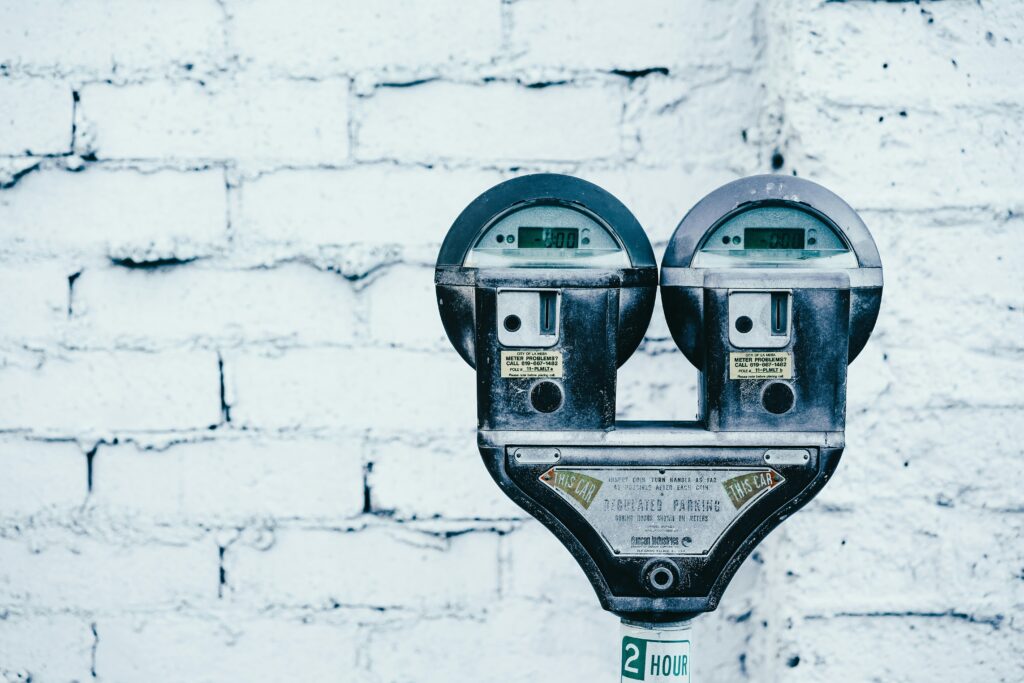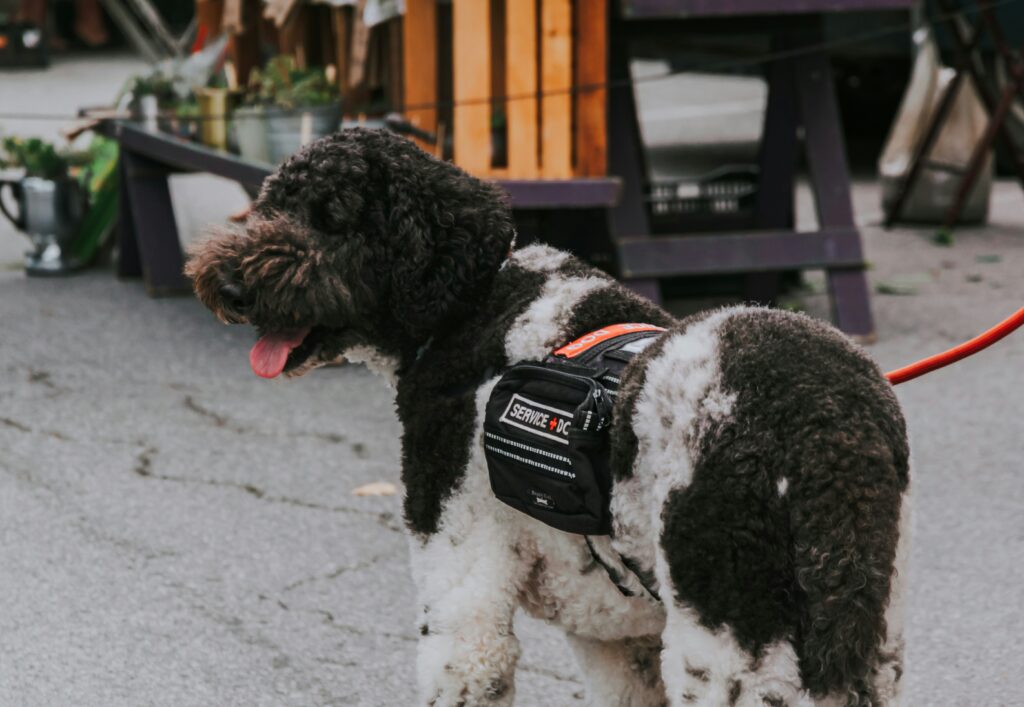“I once bought a $200 pet activity monitor, only to realize my dog was sleeping through 70% of his ‘active’ hours. Oops.”
Ever wonder if your dog is secretly binge-watching Netflix instead of running around like you thought? (Okay, maybe not Netflix—but you get the idea!) If you’re like me, staring at your pup’s wagging tail and wondering, “Are they actually moving enough?”—you’re not alone. Tracking your pet’s Activity Level Monitoring isn’t just techy jargon; it’s peace of mind wrapped in sensors.
In this post, we’ll break down everything about pet activity monitors: what they are, how they work, and why you *seriously* need one. You’ll learn:
- Why tracking your pet’s activity is key to their health.
- How to choose the right activity monitor for your furry friend.
- Tips to boost your pet’s daily exercise.
- A brutally honest rant on overpriced gadgets—and some legit recommendations.
Table of Contents
- Key Takeaways
- The Problem with Guessing Activity Levels
- Step-by-Step Guide to Choosing an Activity Monitor
- 5 Tips to Maximize Your Pet’s Movement
- Real-Life Success Stories: From Lazy Louie to Agile Ava
- Frequently Asked Questions About Activity Monitors
Key Takeaways
- Pet activity monitors provide data-driven insights into your pet’s movement patterns.
- Tracking Activity Level Monitoring helps prevent obesity and promotes long-term wellness.
- Not all devices are created equal—focus on features that match your pet’s lifestyle.
- Bonus: A solid activity routine boosts mental stimulation as much as physical fitness!
The Problem with Guessing Activity Levels

We humans aren’t great at estimating things without hard evidence. One study found that owners underreported their pets’ sedentary behavior by up to 30%. That means while you think Fido is sprinting laps around the yard, he might actually be perfecting the art of daytime napping.
Here’s where tech swoops in like a superhero. An activity monitor gives you cold, hard facts—not fuzzy assumptions. But let’s rewind for a second—why does this even matter?
Optimist You: “My pet looks fine!”
Grumpy You: “Yeah, until they develop diabetes because you didn’t notice they weren’t moving enough.”
Activity trackers can alert you to potential health issues before disaster strikes. And trust me, no one wants a vet bill bigger than their car payment.
Step-by-Step Guide to Choosing an Activity Monitor
Step 1: Assess Your Pet’s Needs
Different pets have different lifestyles. Is your cat a ninja climber or a sofa squatter? Does your dog love hikes or prefer sniffing grass for hours? Match the device to your pet’s natural tendencies.
Step 2: Check Compatibility
Does the gadget sync with your phone? Can it connect to apps? These details make using the tracker way less annoying.
Step 3: Prioritize Battery Life
The best monitor won’t help if it dies after five hours. Look for models offering at least seven days of battery life.
Step 4: Test Durability
Pets don’t care about warranties when they’re rolling in mud puddles. Waterproof? Scratch-resistant? Yes, please.
Step 5: Review Accuracy
Cheap knockoffs often exaggerate activity levels. Spend a bit more to ensure accuracy—it’s worth it.
5 Tips to Maximize Your Pet’s Movement

- Schedule Play Sessions: Like gym classes but cuter. Set aside 30 minutes daily for active games like fetch or tug-of-war.
- Add Variety: Rotate toys every few days to keep your pet engaged. Novelty = excitement.
- Leverage Technology: Use interactive laser pointers or automatic ball launchers if you’re short on time.
- Puppy Socials: Arrange playdates with other dogs or cats. Group play boosts both social skills and energy expenditure.
- Terrain Change-Up: Switch walks from pavement to trails occasionally. New environments stimulate exploration.
Real-Life Success Stories: From Lazy Louie to Agile Ava
Meet Betty Sue—a Chihuahua mix who spent her days snoring louder than a jet engine. Her owner Julie invested in an activity monitor to track Betty’s pitiful movements. Fast forward six months: thanks to tailored workout plans based on monitor feedback, Betty transformed into a lean, mean, squirrel-chasing machine.
Sounds impossible? It’s not. With consistent Activity Level Monitoring, almost any pet can become fit!
Frequently Asked Questions About Activity Monitors
Q: Are activity monitors safe for pets?
Absolutely! Most modern monitors use non-invasive designs, attaching comfortably to collars or harnesses.
Q: Do I need WiFi or cellular service for these devices?
Depends on the model. Some require syncing via Bluetooth, while others operate independently.
Q: What happens if the tracker gets wet?
Always check waterproof ratings first. Most reputable brands handle rain and splashes effortlessly.
Conclusion
Tracking your pet’s Activity Level Monitoring is no longer optional—it’s essential. Not only will it keep your fur baby fit, but it’ll also deepen your bond through shared adventures. So grab that monitor, toss away those guilt trips, and start building a healthier life together today.
Remember, consistency beats perfection every time.
And hey, like a Tamagotchi, your pet’s activity levels need regular attention too. Happy monitoring!

